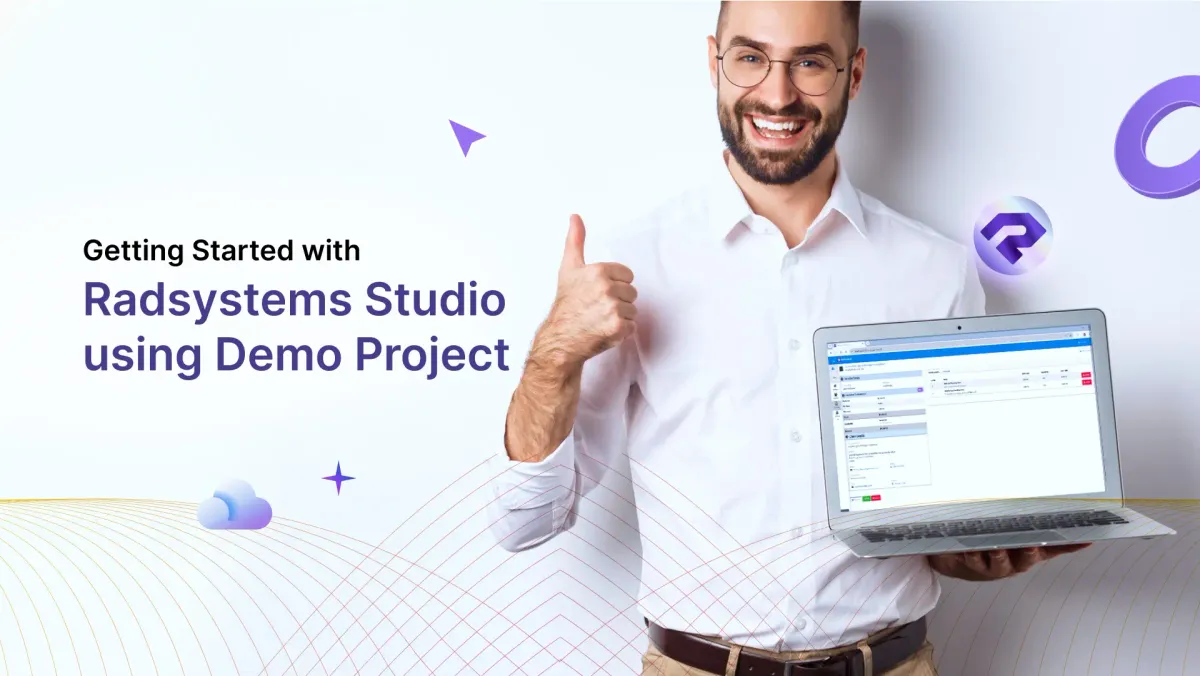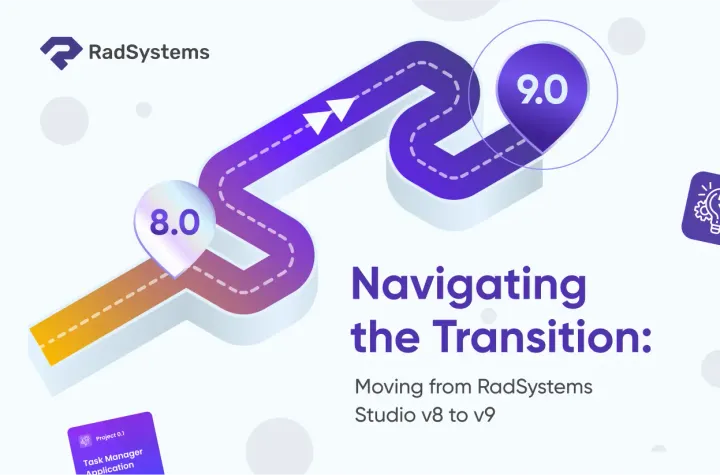Getting Started with RadSystems Studio using Demo Project
Built with Laravel, Bootstrap, jQuery, and MySQL, RadInvoicer is a simple yet functional invoicing and payment management system that includes client record handling. It covers essentials, giving you a hands-on experience.

How to Set Up RadInvoicer Demo Project
If you're new to RadSystems Studio and looking for a practical way to understand how it works, the RadInvoicer sample application is your perfect starting point. Built with Laravel, Bootstrap, jQuery, and MySQL, RadInvoicer is a simple yet functional invoicing and payment management system that includes client record handling. It covers essentials like invoice generation, payment tracking, service listings, and payment modes — giving you a hands-on experience.
Prerequisites
Before you dive in, ensure your system is ready with the following tools:
- Node.js and NPM
Install from nodejs.org. After installation, verify using:
node -v
npm -v - Composer
Download from getcomposer.org. Verify with:
composer -V - XAMPP or Laragon with PHP 8.1 or higher
Check PHP version:
php -v
Required PHP Extensions
Mostly, all the required extensions are enabled in XAMPP by default. If you're already working with Laravel projects in your LocalHost environment, you're all set to start working with RadSystems Studio.
However, just in case if you face any errors while publishing the demo project from RadSystems Studio, run the following command to list enabled PHP extensions:
php -m
Make sure the following are enabled:bcmath, bz2, calendar, ctype, curl, dom, exif, fileinfo, filter, ftp, gd, gettext, hash, iconv, intl, json, libxml, mbstring, mysqli, mysqlnd, openssl, pcre, PDO, pdo_mysql, pdo_sqlite, Phar, random, readline, Reflection, session, SimpleXML, sodium, SPL, standard, tokenizer, xml, xmlreader, xmlwriter, zip, zlib
If any are missing:
- Open
php.ini(found in your XAMPP or Laragon installation underphp/php.ini) - Search for the extension name (e.g.,
;extension=sodium) and remove the;to enable it - Save the file and restart Apache
Download Sample Project
Setting Up the Sample Project
- Create a new MySQL database using phpMyAdmin or any other database management tool
Name it:rsbl_radinvoicer - Import the sample database
Use phpMyAdmin to import the.sqlfile included in the ZIP archive. - Open RadSystems Studio
- Start RadSystems Studio and select Open Project.
- Choose the folder for Project Path.
- Select the newly created database
rsbl_radinvoicer - Open the project
- Save and Publish
Click Save, then go to the Publish tab. Wait for the build process to complete. The demo application is now up and running. Simply click the down-arrow of the Preview button, select the browser of your choice (recommended: Chrome). This will open the project in your browser. - Login to the Demo Project
Use following login credentials for testing purposes.
Admin:
Username: admin
Password: admin1234
Client:
Username: client01 to client49; any. Try client17
Password: demo1234
Feature Highlights
RadInvoicer showcases powerful RadSystems capabilities, including:
- Master-Detail Relationships
Invoices → Invoice Items, Invoices → Payments, Clients → Invoices - Auto-Fill and Auto-Complete
Boosts data entry efficiency - Page Events
Custom logic for actions and workflows - Custom List Fields & Templates
Enhanced display for list and view pages - Authentication & Roles
Admin and client logins with permission control - Restricted Access
Clients can log in and view only their records - User Record Isolation
Ensures data privacy — clients see only their invoices
The RadInvoicer sample is more than a demo — it's a learning tool that shows you how to structure, design, and develop solutions for some of the real-world use cases using RadSystems Studio's powerful no-code, low-code features. From database design to permission control, you get a compact yet complete picture of full-stack development. Open it, explore it, and start building!



